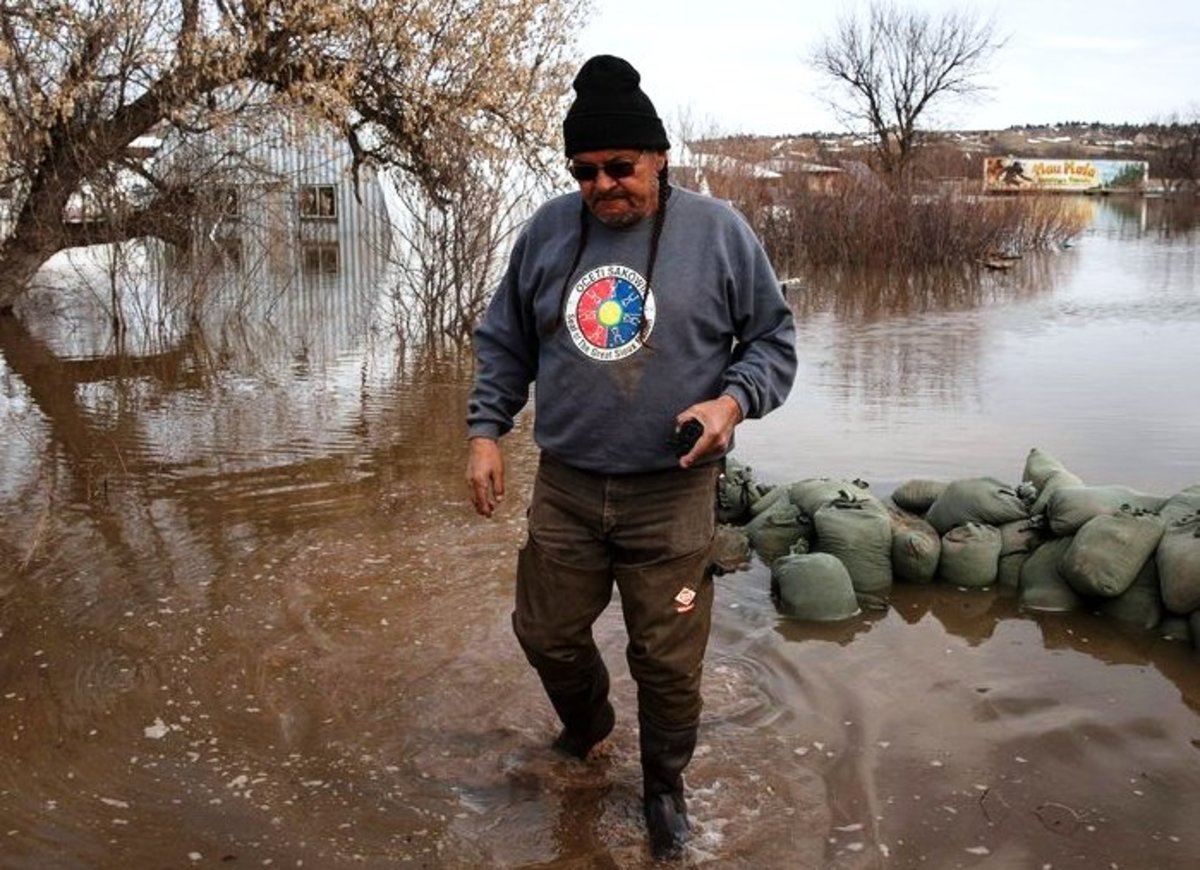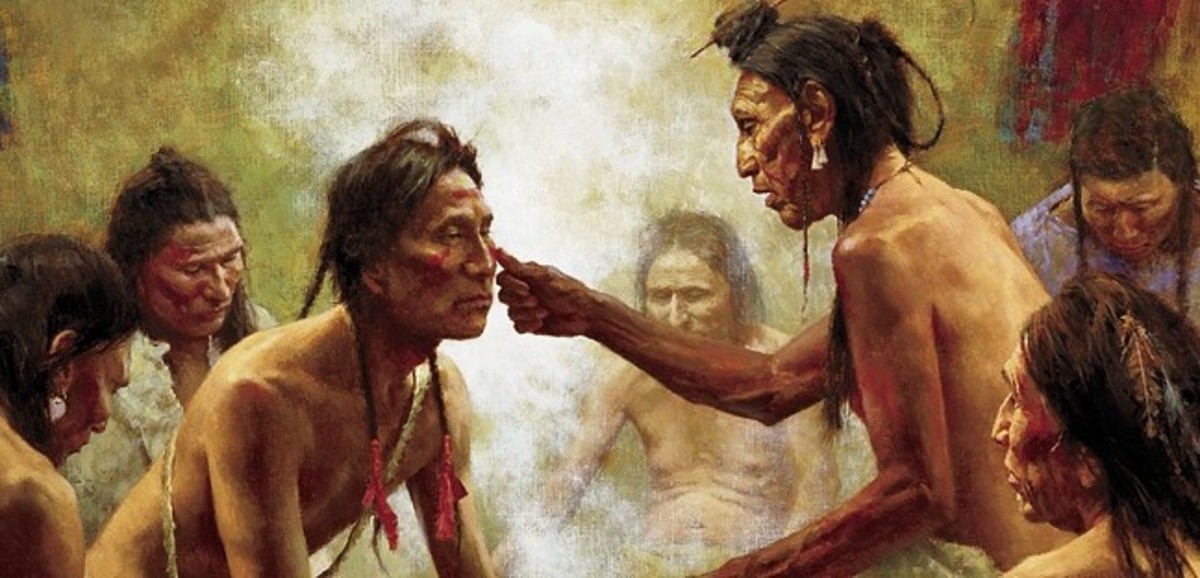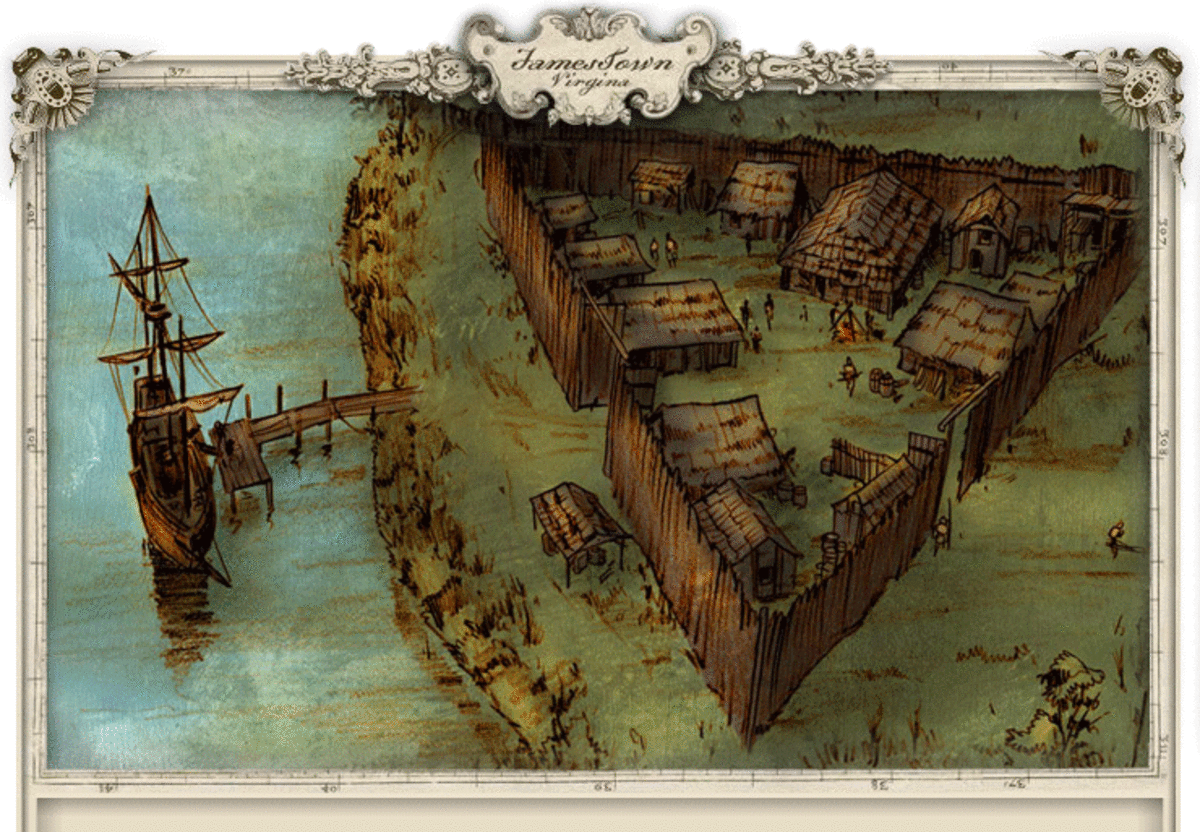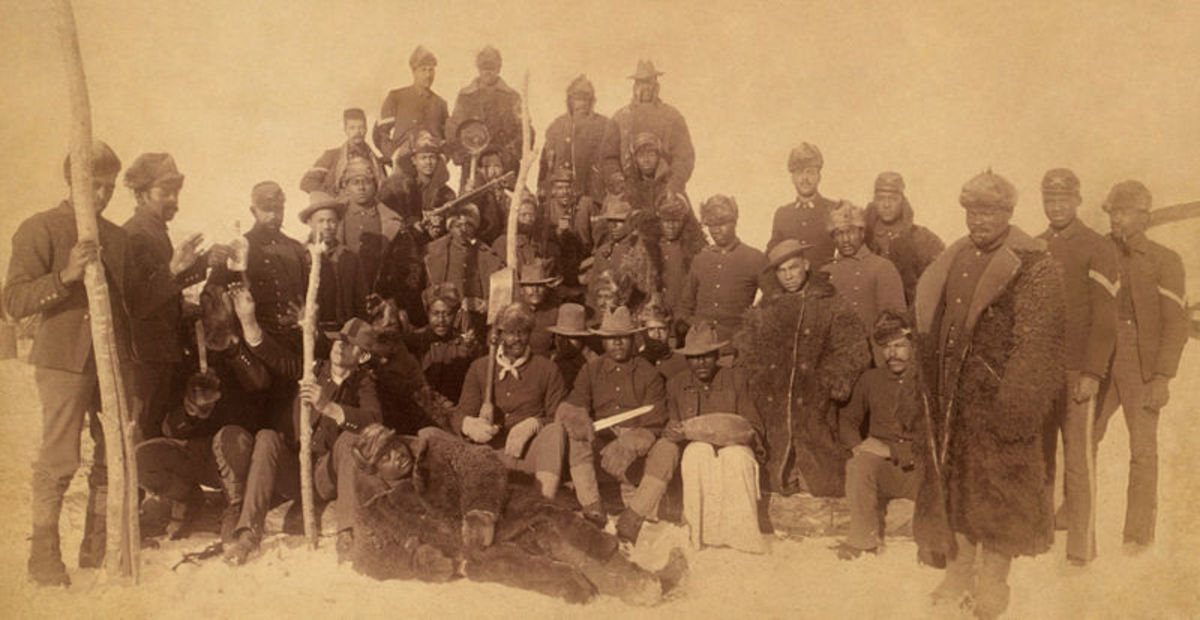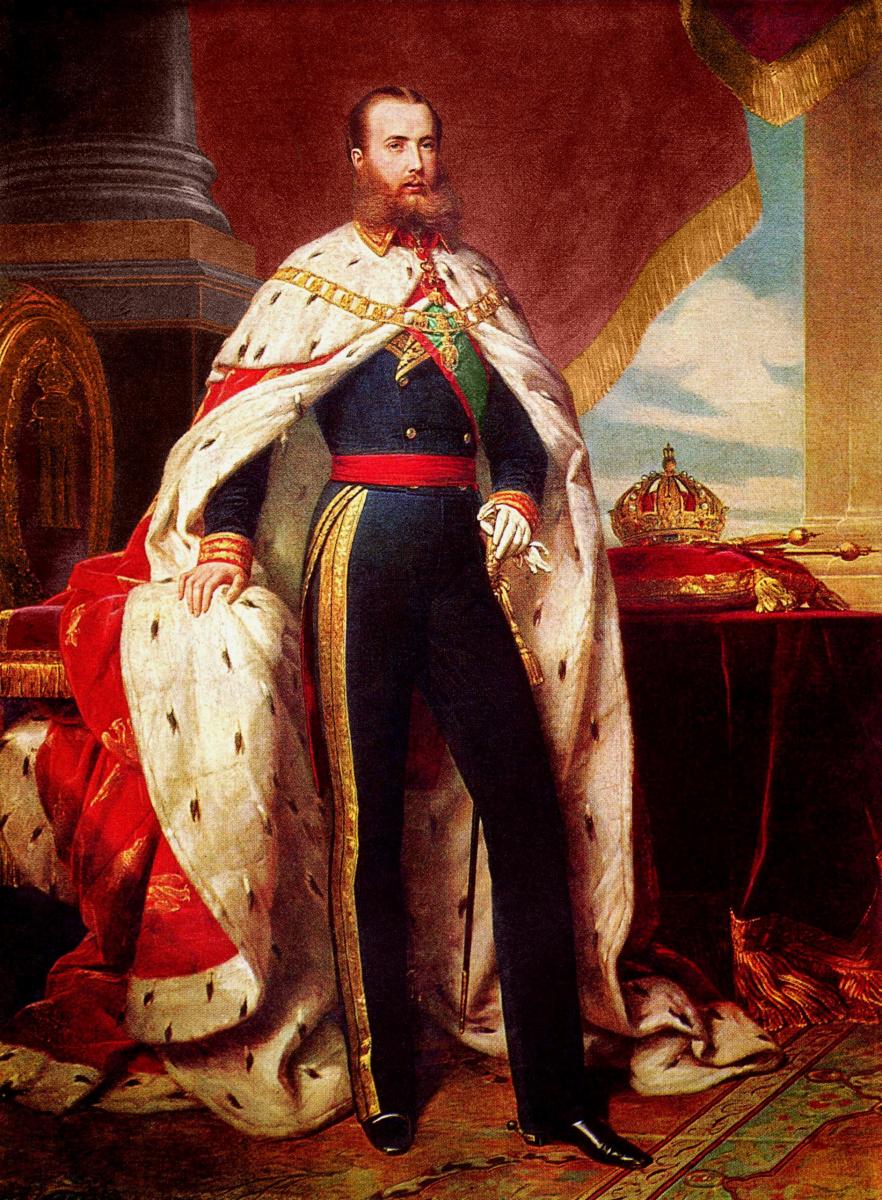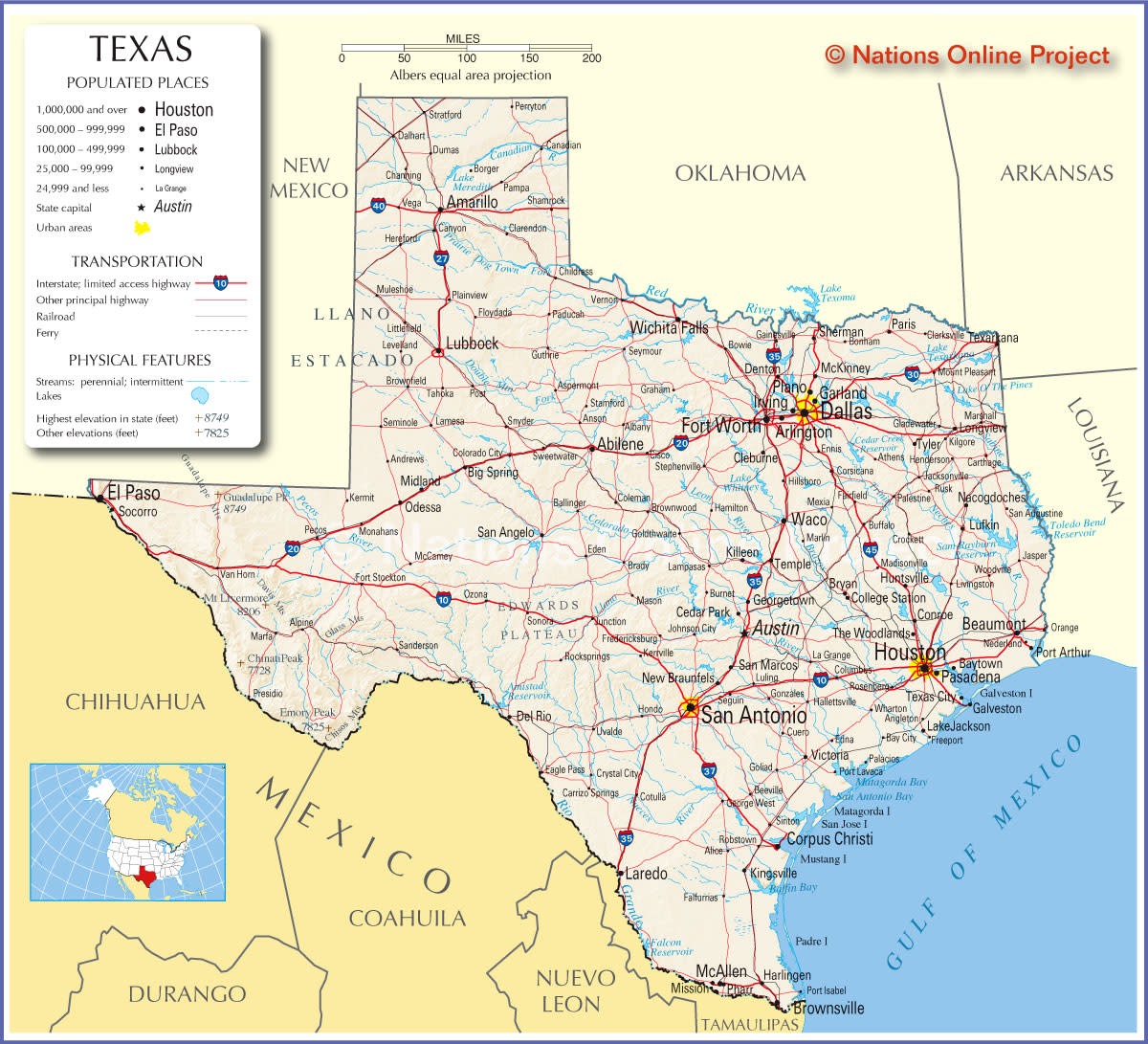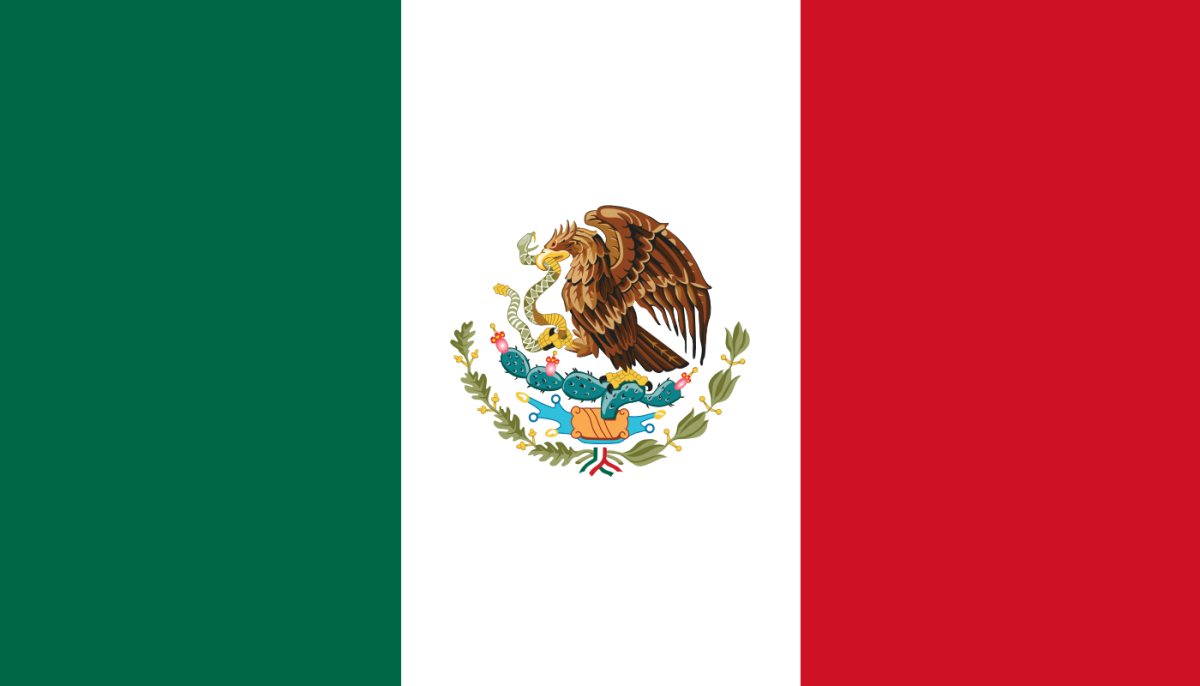- HubPages»
- Education and Science»
- History & Archaeology»
- History of the Americas
African-Americans and Civil Rights
Image
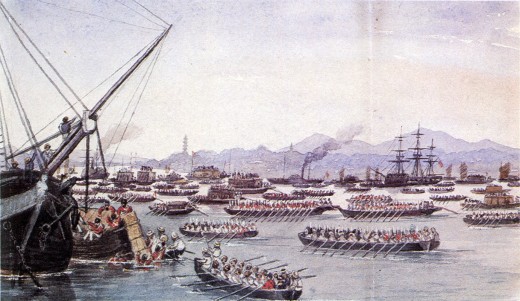
African-Americans and Civil Rights
The Case Goes to Court: Plessy first went to a local court. He argued that the Separate Car Act went against the U.S. Constitution. Plessy's lawyers (people who study and argue the law) said the 13th Amendment (a part added to the Constitution) ended slavery, and the 14th Amendment made African Americans citizens, or full members, of the United States. The
Constitution did not say that some citizens were different. That is why Plessy and his lawyers said the law was not right. The local court said the law did not go against Constitution. So, Plessy's lawyers took his case to a higher court. The higher court, led by Judge John Howard Ferguson, also said the law did not go against the Constitution. Finally, Plessy asked the Supreme Court to listen to his case, or argument. This case was called Plessy v. Ferguson.
The Supreme Court Makes a Decision
On May 18, 1896, the Supreme Court said that "separate but equal" seats on the train did not go against the U.S. Constitution. Eight judges (justices) supported the decision, and one judge-John Marshall Harlan-did not. Justice Harlan said that segregation made some people more important than other people. He said separate things were not always equal things. He wrote, "Our Constitution is color blind (does not care about the color of people's skin), and neither knows nor tolerates (goes along with) classes (different levels) among its citizens." “Separate But Equal”Ruling is Overturned After the Plessy case, more segregation laws were made in the South. African Americans and whites were separated in most public places. But life for them was not equal. African Americans were treated worse than white people. The things Africans Americans got were also not as good. Finally, the Supreme Court changed its mind about "separate but equal." The Plessy decision was reversed, or changed. On May 17, 1954, in the case of Brown v. the Board of Education, the Supreme Court said that segregation was unfair. Sitting Bull was a brave Native American leader in the United States during the 1800s. He fought to keep his people and his people's land safe. His Early Life Sitting Bull was born in South Dakota around the year 1831. He was part of the Lakota tribe. A tribe is a group of Native Americans. In 1868, he became the chief, or leader of the tribe. Lakota Chief Sitting Bull and the Lakota had fights with the United States government. The government makes the rules for a country. The U.S. government kept taking Native American land. Finally, Sitting Bull signed a peace agreement, or written promise, with the United States government. This agreement was supposed to keep the Lakota's land safe. Then people found gold on this land. The U.S. government wanted to buy the land. The government wanted the Native Americans to go to a reservation. A reservation was other land that the U.S. government gave to Native Americans. Most of the tribes did not want to live on reservations. They wanted to live on the land that was their home. The leaders of the other tribes talked with Sitting Bull about what to do. Little Bighorn: The tribes agreed to fight against the U.S. government. One fight was near the Little Bighorn River. There, Native Americans killed all of the American soldiers, or men who were fighting in the U.S. Army. Sitting Bull and his tribe escaped, or ran away, to Canada. Canada: Canada did not have enough food for the Lakota. Sitting Bull and his tribe went back to the United States in 1881. Sitting Bull had to go to jail.
After he got out of jail, Sitting Bull lived on a reservation. But soon the American government took the reservation land back from the tribes, and American people called settlers built homes on the land.
The End for Sitting Bull:
Sitting Bull called for a Ghost Dance. This dance was to help Native Americans get the settlers off the reservation land. The U.S. government thought the Native Americans were starting a war. The government wanted to put Sitting Bull back in jail. In 1890, police went to Sitting Bull's house. There was a gunfight, and a police officer killed Sitting Bull. In December 1890, U.S. Army soldiers killed hundreds of Native Americans at Wounded Knee Creek, South Dakota. This event is called the Massacre at Wounded Knee. A massacre is when one group or person kills large numbers of people. Native Americans and Reservations: The Native Americans had lived on the land in America for thousands of years. The buffalo, or bison, were a very important part of Native American life. The white settlers who moved onto Native American land killed almost all of the buffalo. The settlers also built homes and towns on the land and fought with the Native Americans. Beginning in the 1860s, the U.S. government took away the land where the Native Americans had lived. The government moved the Native Americans off the land and put them on reservations. A reservation is an area of land where the government sent Native Americans to live. Life on the reservations was not easy. The U.S. government promised to give the Native Americans food and other things, but this did not always happen. The Native Americans were very unhappy.
In 1890, a Native American leader named Wovoka told other Native Americans that he had visited the spirit, or ghost, world in a dream. He said that dead Native Americans would come back to Earth as spirits. The buffalo would also come back as spirits. The white people would go away. Then Native Americans would live in peace. To make the spirits return to earth, Wovoka said that Native Americans had to do the ghost dance. White Americans did not understand the ghost dance. They thought it was a war
dance. The U.S. government told the Army to stop the dancers. The Massacre: In December 1890, white Americans said that they saw Native Americans doing the ghost dance on a reservation. They thought it was a war dance. The U.S. Army sent thousands of soldiers to the reservation. Sitting Bull, a Sioux chief, was shot and killed. A chief is the leader of a tribe. A tribe is a group of Native Americans. Sitting Bull was a chief of the Sioux tribe. Big Foot was also a Sioux chief. He wanted to move his tribe to a safe reservation. A group of U.S. soldiers stopped Big Foot and about 350 other Sioux on December 28. They took the Sioux to a campsite near Wounded Knee Creek in South Dakota. On December 29, the soldiers took away all of the Sioux's guns. Someone shot a gun. No one knows who shot the gun, but after that, the soldiers started shooting at the Sioux. In the end, hundreds of Sioux men, women, and children were dead, including their leader, Big Foot. The massacre at Wounded Knee was one of the last fights between the U.S. Army and the Native Americans.

